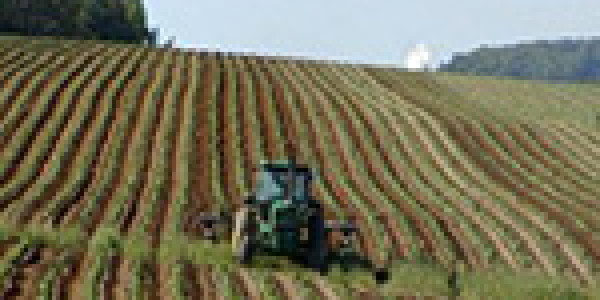Taylor Scott International News
By +Liam Bailey Tuesday 27 August 2013 Intensifying competition in the market to buy up arable land has driven up the price of UK farmland to GPB 7,440 per acre in the first six months of this year. This is three times the average GBP 2,400 paid during the same period in 2004. Big commercial farmers are constantly looking to expand production to take advantage of the long-term trends of rising food prices and economies of scale, according to researchers at the Royal Institution of Chartered Surveyors (RICS), who produced the data. Despite the recent falls in commodity prices food demand is expected to continue rising as populations grow and diets change around the world. On top of that you also have investors’ perception of farmland as a safe-haven investment alongside things like gold. Farmland has outperformed a number of alternative asset classes, which – combined with tax breaks – has enhanced its appeal as an investment, especially given that the latest data shows farmland is now outpacing the growth of gold, as the latter has seen its price weaken recently. “ The growth in farmland prices in recent times has been nothing short of staggering ,” said Sue Steer, spokeswoman for RICS. “In less than 10 years, we’ve seen the cost of an acre of farmland grow to such an extent that investors – not just farmers – are entering the market. “If the relatively tight supply and high demand continues, we could experience the cost per acre going through the GBP 10,000 barrier in the next two to three years.” The most expensive farmland was found in the North West – where supply is tight – at GBP 8,813 an acre, the RICS survey showed, while the cost was lowest in Scotland, at GBP 4,438 an acre. None the less, prices north of the border touched record levels for the Scottish market. Some areas are already past the GBP 10,000 mark, surveyors said. Cheshire-based auctioneers Wright Manley recently sold 13.5 acre block of land near Antrobus near Northwich for well over GBP 12,000 per acre. Speaking of the sale auctioneer Andrew Wallace reported “keen farmer competition for extra land”. In the long-term all signs point to this competition continually intensifying due to the finite supply of arable land versus population growth and consumption trends. There is also the added demand of buying land for renewable energy sources like biofuels. Against this backdrop, food prices will stick above their historical average over the medium term for both crop and livestock products as demand grows and production slows, according to a recent report published by the OECD think tank and the UN’s food agency. Taylor Scott International
Taylor Scott International, Taylor Scott








